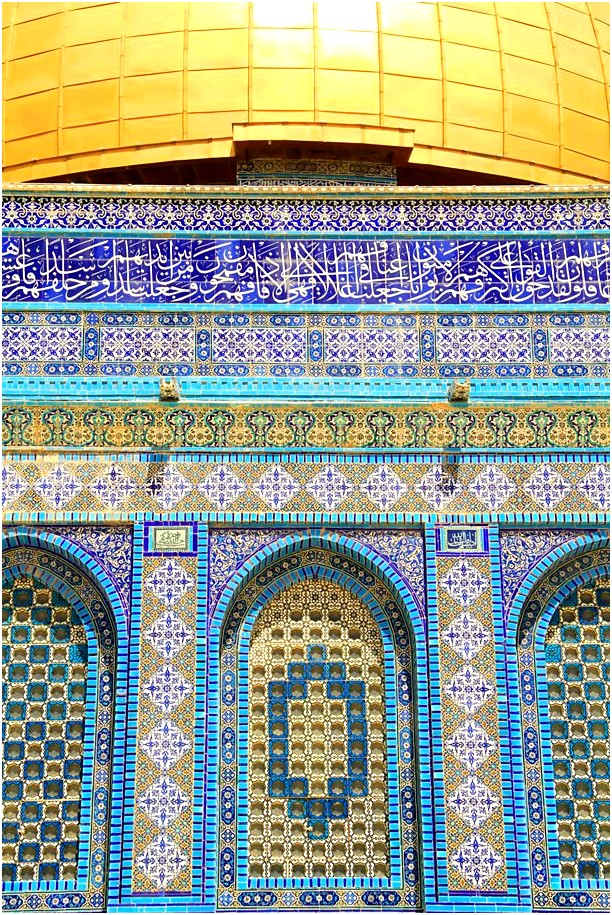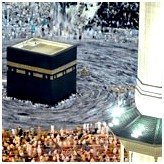Navigation article:
1. A sacred art

Muslims believe the Quran may be the word of God as revealed towards the Prophet Muhammad. It’s the earliest known book designed in Arabic and performed a vital role within the standardisation from the Arabic language.
However when it was initially dedicated to parchment within the seventh Century, Muslim scribes faced a challenging task – how you can create a script worth the term of God?
As Islamic societies shifted perfectly into a written instead of dental culture, calligraphy developed and grew to become probably the most distinctive artistic aspects of the faith.
2. CLICKABLE: The holy script
Click the labels to show why calligraphy is essential to Islam.
The information uses functionality that isn’t based on your present browser. Consider upgrading your browser.
Clips obtained from The Hidden Art of Islam (BBC Four) presented by Rageh Omaar.
3. Calligraphy goes global

Hanan Isachar/ Alamy
Calligraphy on the outside of the Dome from the Rock, Jerusalem.
A wide array of styles developed as Islam spread around the world, frequently reflecting the neighborhood characteristics of societies in which the religion required root.
For that first three centuries of Islam, a method known as Kufic, according to strict geometric concepts, with around 20 different iterations spread in the Atlantic to Central Asia. This angular style later turned into the cursive Arabic scripts that remain dominant even today. As the concept of Islamic calligraphy expanded even more afield, to China, The country, India, Southeast Asia and West Africa, regional scripts emerged, less affected by classical styles and formal geometric codifications.
An upswing from the calligrapher
Both women and men turn into calligraphers. These were probably the most highly considered artists in Islamic societies. Over centuries, lineages of highly trained practitioners developed. Consequently, calligraphy includes a strong heritage in line with the direct transmission of understanding in one to a different.
Calligraphy in architecture
Calligraphy adorns the holiest Islamic sites. The Dome from the Rock in Jerusalem contains among the earliest Arabic inscriptions around, designed in mosaic in 692 and produced only six decades following the dying from the Prophet.
4. How can you be a calligrapher?
Training being an Islamic calligrapher requires dedication, persistence and talent. Click below to discover how calligraphers train today.
Satisfy the masters
Istanbul is among the primary centres to understand advanced Arabic calligraphy skills. It’s also trained in Iran, Japan, the united states along with other countries.
Satisfy the masters
In Istanbul, several highly trained masters been trained in the Ottoman tradition educate their art, that has been passed lower over centuries.
Learn your scripts
Pupils are trained the six major scripts and get a diploma for every style.
Learn your scripts
Typically pupils learn to write single letters before getting to words, then phrases. It requires many years to understand just one script only at that level.
Wield the various tools
Calligraphers must master the various tools of the trade.
Wield the various tools
Cutting the nib of the reed to produce a pen is definitely an very delicate process, and may greatly affect the look of the script.
Calligraphers need to pass a test to qualify. They write a text on the piece of paper, which will get scrutinised by one or more masters.
When they pass, teachers add an endorsement in their own individual calligraphy towards the same exam sheet. This certificate, referred to as ‘ijaza’, is considered like a thing of beauty.
5. Where next?
Explore BBC Religion and Ethics
So why do millions gather in Mecca each year?

The Quran: The lengthy journey into British existence
Source: www.bbc.co.uk
